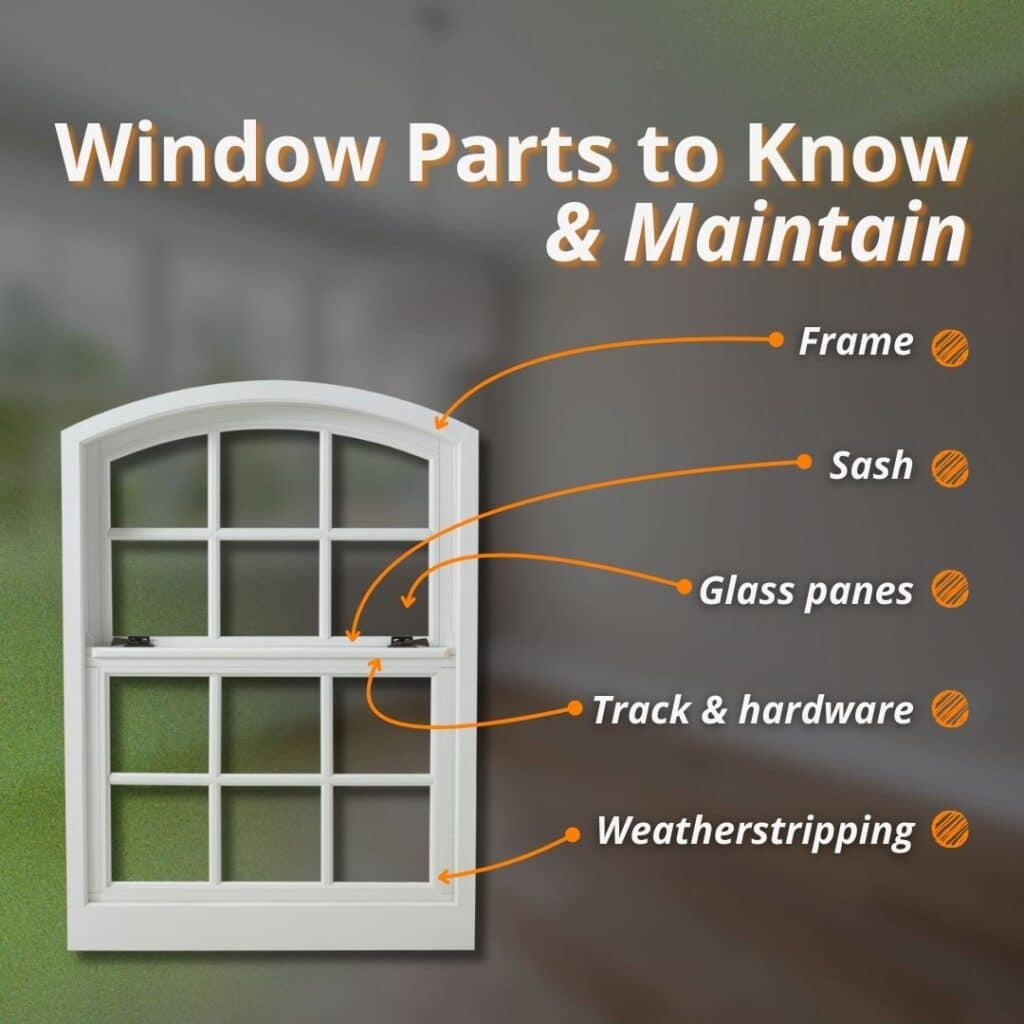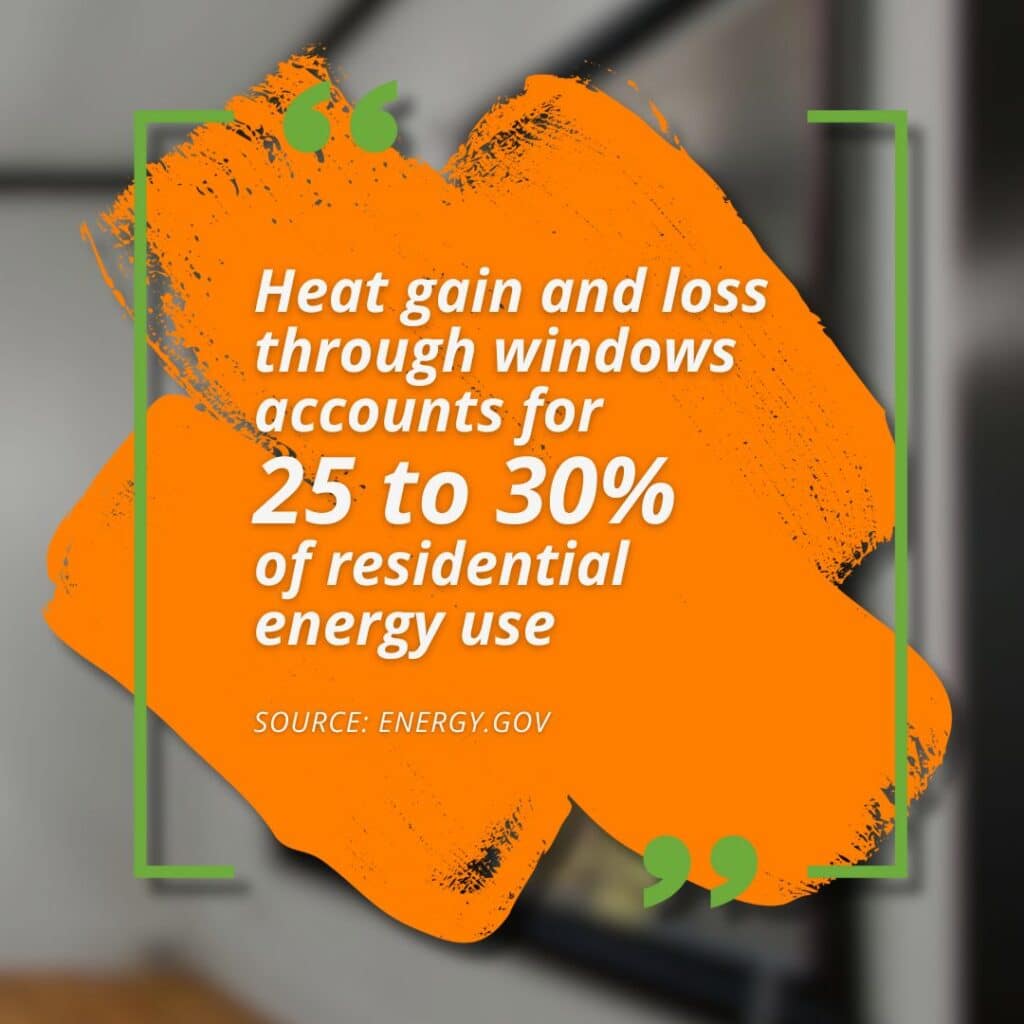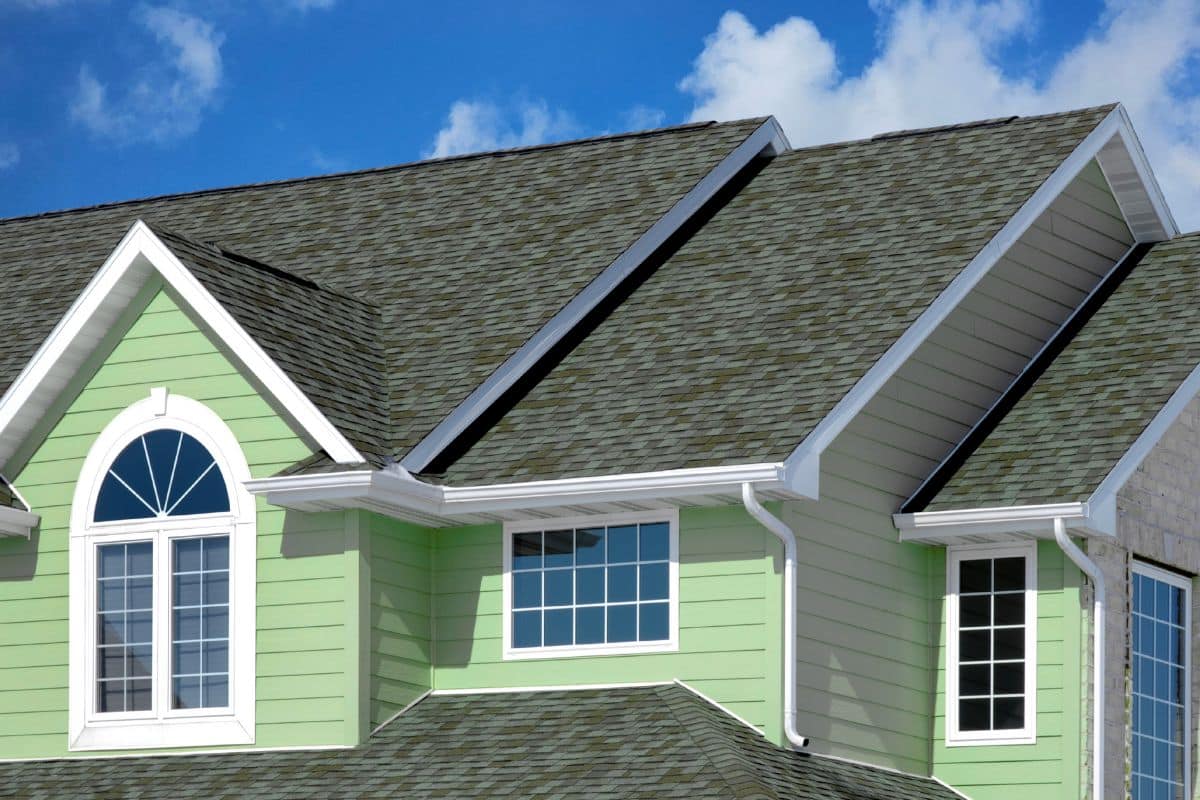In this guide, we will walk through the parts of a window that need the most maintenance, how to spot signs of trouble, and when to bring in a professional for repair or inspection.
Windows are more than just a view of the outside world. They affect your home’s energy efficiency, safety, and even resale value. Yet, they are also one of the most commonly overlooked parts of a house when it comes to maintenance.
During a home inspection, window problems are frequently flagged because they can lead to water intrusion, drafts, or even structural damage if left unaddressed.
Table of Contents
ToggleThe Anatomy of a Window
Understanding the basic parts of a window makes it easier to maintain it. While designs vary, most windows share these components:
- Frame: The outer structure that holds everything together
- Sash: The movable or fixed panels that hold the glass
- Glass panes: Single, double, or triple glazing for insulation
- Tracks and hardware: The channels and locks that allow movement
- Caulking and seals: Barriers that keep air and water out
Each part plays a role in protecting your home, but not all require the same level of maintenance.

Window Frames
The frame is the backbone of the window, and it is also one of the first places inspectors look for problems.
Common issues:
- Wood frames: Prone to rot, swelling, and insect damage if not sealed properly
- Vinyl frames: Low maintenance, but may warp or crack over time
- Aluminum frames: Strong but conduct heat, which may reduce energy efficiency
On average, wood window frames last about 30 years with regular maintenance, while vinyl frames generally last up to 20 years. Without care, that lifespan shortens significantly.
Maintenance tips:
- Keep frames painted or sealed
- Check for cracks or gaps that let in water
- Inspect for signs of rot or insect activity
Window Sashes
Sashes hold the glass panes and often move up and down or side to side. Because they are handled frequently, they wear out faster than some other components.
Common issues:
- Difficulty opening or closing due to swollen wood or dirty tracks
- Warping or sagging, especially in larger windows
- Broken locks that compromise security
A stuck sash can also be a safety hazard, making it difficult to escape during emergencies.
Maintenance tips:
- Clean tracks regularly to prevent dirt buildup
- Lubricate moving parts with a silicone spray
- Check locks to ensure they engage properly
Glass Panes and Seals
The glass itself usually lasts for decades, but the seals around it often fail sooner. Failed seals allow condensation to form between panes, reducing energy efficiency and clouding the view.
The U.S. Department of Energy estimates that heat gain and loss through windows accounts for 25 to 30% of residential energy use. That means damaged or poorly sealed windows can raise utility bills noticeably.
Maintenance tips:
- Watch for fogging between double panes
- Inspect for chips or cracks that may spread
- Reseal or replace panes when condensation appears
Caulking and Weatherstripping
Caulking and weatherstripping may not be as visible as the glass or frame, but they are essential for keeping air and water out. Over time, these materials dry out and crack, leaving your home vulnerable.
Common issues:
- Drafts that make heating and cooling less efficient
- Water intrusion leading to wood rot or mold
- Higher energy bills due to air leaks
The Environmental Protection Agency’s ENERGY STAR program recommends resealing windows every five years or sooner if gaps are visible.
Maintenance tips:
- Replace worn weatherstripping around moving parts
- Reapply caulking where it has cracked or pulled away
- Use high-quality sealants designed for exterior use
Tracks, Hinges, and Locks
The hardware that allows your windows to open and close smoothly is often overlooked until it stops working. Tracks, hinges, and locks take daily wear and tear, especially in high-use rooms like kitchens or bedrooms.
Common issues:
- Dirt or debris is preventing smooth operation
- Rust or corrosion on metal parts
- Loose or broken latches that affect security
Maintenance tips:
- Clean tracks with a vacuum and a damp cloth
- Lubricate moving parts twice a year
- Tighten screws and replace damaged hardware
Window Screens
Screens might seem minor, but they play a big role in ventilation and pest control. Torn or damaged screens allow insects inside and can make windows look neglected.
Maintenance tips:
- Inspect screens each spring and fall
- Patch small holes with screen repair kits
- Replace frames that are bent or loose

Why Inspectors Flag Window Problems
During a home inspection, windows are a common source of concern. Inspectors look for signs of:
- Moisture intrusion around frames
- Cracked or missing caulk
- Damaged sashes or seals
- Inoperable locks or latches
- Safety risks like painted shut windows
Even minor issues can signal bigger hidden problems, such as water damage in walls or poor home maintenance overall. That is why windows are always part of a thorough inspection report.
How Maintenance Protects Home Value
A well-maintained window system not only looks good but also saves money and protects your investment. Benefits include:
- Energy efficiency: Lower utility bills with tight seals
- Durability: Longer lifespan for frames and sashes
- Resale value: Fewer inspection red flags when selling
- Safety: Properly functioning locks and exits in case of emergency
Neglecting window maintenance often shows up during inspections, potentially lowering a home’s appeal to buyers.
Other Questions Homeowners Are Asking
How do windows affect a home inspection report?
Windows that show leaks, drafts, or damage can lower a home’s overall condition rating during an inspection. This often connects to bigger concerns like siding, roofing, or foundation issues.
What other parts of the home show wear like windows do?
Inspectors often see similar maintenance needs in doors, roofs, fences, and siding. Just like windows, these components protect against the elements and need regular care.
What do inspectors recommend replacing along with windows?
Caulking, weatherstripping, and sometimes doors in high-traffic areas are often flagged together. Replacing or repairing these improves efficiency and protects against moisture.
When to Call a Professional
If you notice water stains, persistent drafts, or windows that will not open or close, it is time to call a professional. A home inspection can reveal whether the problem is minor or a sign of larger issues.
Inspection Gator provides detailed evaluations of windows as part of our full home inspection services. By spotting concerns early, we help homeowners and buyers make informed decisions before they become costly repairs.
Conclusion
Windows may seem simple, but they have many parts that need routine maintenance. Frames, sashes, seals, and hardware all play a role in protecting your home’s comfort and value. By keeping up with maintenance and scheduling inspections, you can avoid surprises and keep your home safe and efficient.
Schedule your home inspection with Inspection Gator today to get a clear picture of your windows and the rest of your home.





